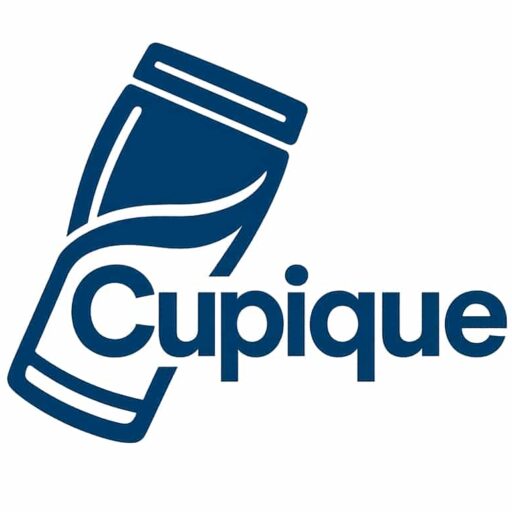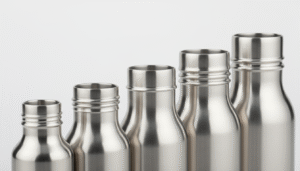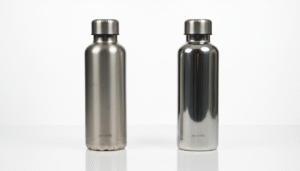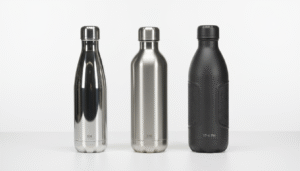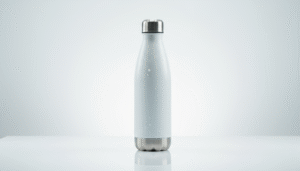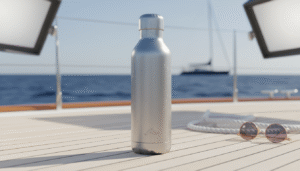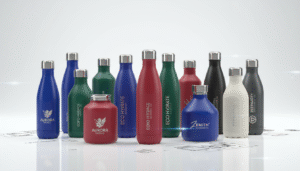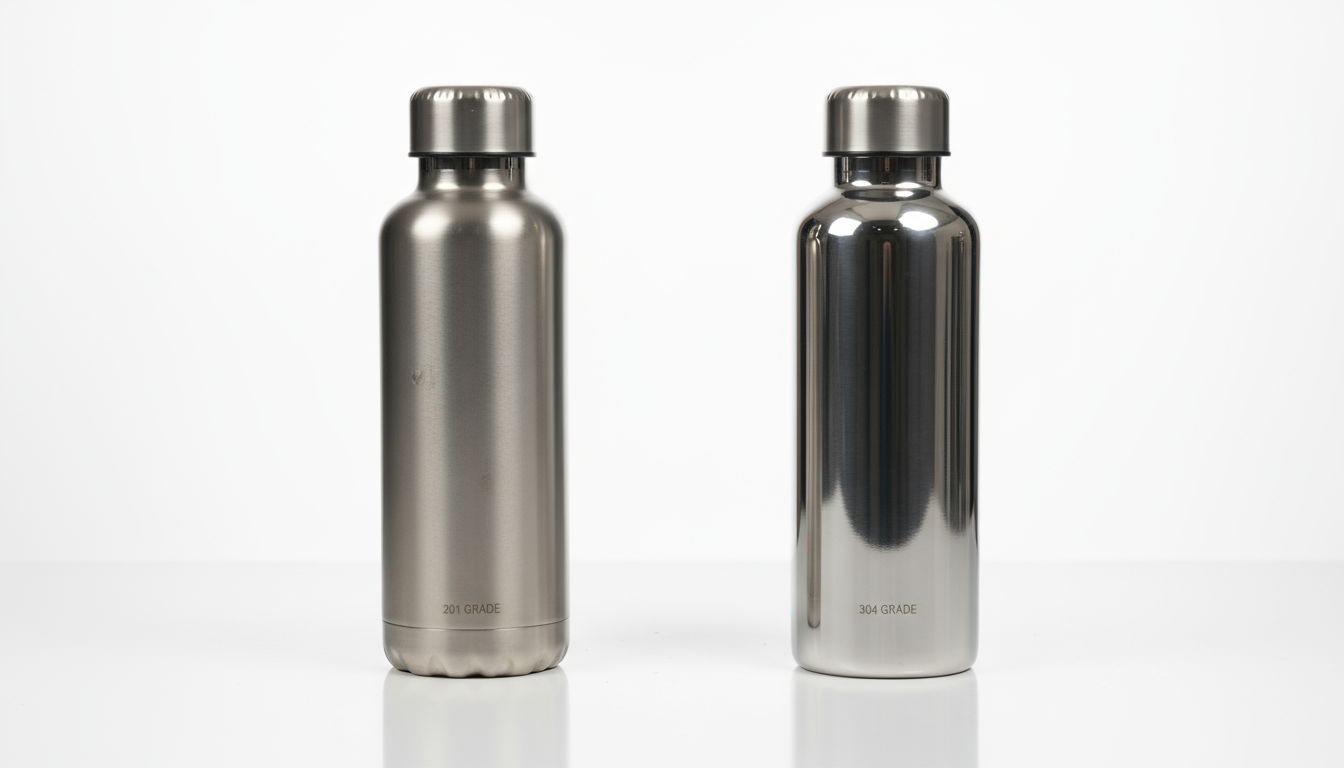
Using 201 stainless steel for B2B water bottle orders is not recommended. While it appears cost-effective initially, 201 steel lacks food-grade certification and proper corrosion resistance, creating liability risks for corporate buyers. Industry standard 304 stainless steel provides the optimal balance of safety, durability, and cost for bulk orders.
Last month, I worked with a promotional company that learned this lesson the hard way. They ordered 5,000 bottles with 201 steel to save costs. Three months later, customers complained about metallic taste and rust spots. The company had to recall the entire batch and reorder with 304 steel. Their savings turned into losses, plus damaged relationships with their corporate clients.
201 stainless steel is unsuitable for B2B water bottles due to safety and durability issues.True
The text states 201 steel lacks food-grade certification and proper corrosion resistance, making it not recommended.
201 stainless steel is a good, cost-effective choice for bulk water bottle orders.False
While initially appearing cost-effective, 201 steel lacks food-grade certification and corrosion resistance, making it unsuitable.
What Are the Key Differences Between 304, 316, and 201 Stainless Steel
Understanding steel composition matters when your company reputation depends on product quality and safety standards.
304 steel contains 18% chromium and 8% nickel, 316 adds molybdenum for superior corrosion resistance, while 201 steel substitutes cheaper manganese for nickel, reducing quality and food safety compliance.
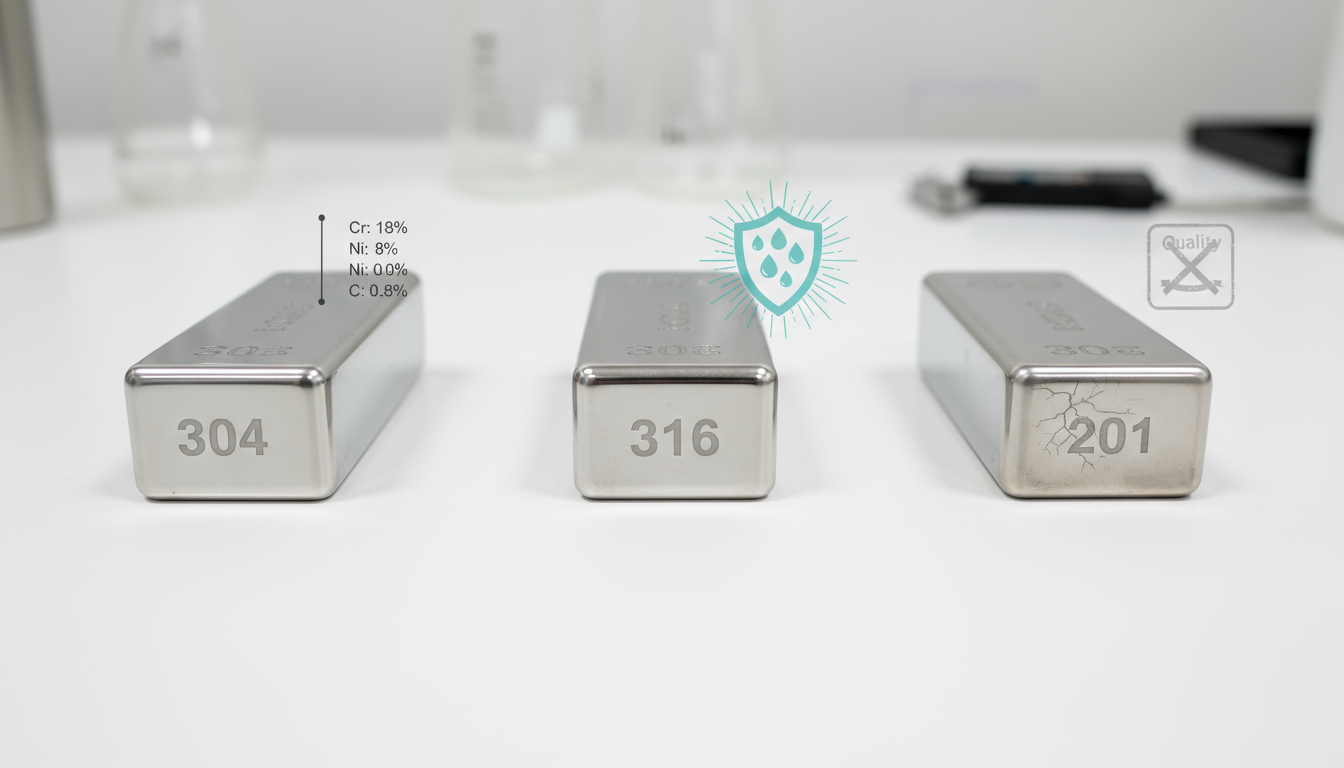
Chemical Composition Breakdown
The differences between these steel grades come down to their chemical makeup. Here's what each contains:
| Steel Grade | Chromium | Nickel | Molybdenum | Manganese | Key Properties |
|---|---|---|---|---|---|
| 304 (18/8) | 18% | 8% | None | Low | Standard food-grade, good corrosion resistance |
| 316 (18/10) | 16-18% | 10-14% | 2-3% | Low | Premium food-grade, excellent corrosion resistance |
| 201 | 16-18% | 3.5-5.5% | None | 5.5-7.5% | Non-food-grade, poor corrosion resistance |
Performance in Real-World Applications
I've tested bottles made from all three grades in our factory. The differences become clear after just weeks of use. 304 steel bottles maintain their appearance and taste neutrality even with daily coffee use. 316 steel performs even better, especially when customers use sports drinks or live in coastal areas with high salt exposure.
201 steel tells a different story. Within a month of testing, we noticed small rust spots near the threading area. The bottles also started affecting taste, especially with acidic beverages like orange juice or lemon water. This happens because manganese substitution makes the steel less stable and more reactive.
Manufacturing Considerations for B2B Orders
When producing bulk orders, these composition differences affect more than just performance. 304 steel machines cleanly and consistently, which means better quality control across large production runs. Our automated production line can maintain tight tolerances when working with 304 steel.
201 steel presents manufacturing challenges. It's harder to work with during forming processes, and quality varies more between batches. For corporate orders where consistency matters, this variability creates problems. You can't guarantee that bottle 1,000 will perform exactly like bottle 1.
316 stainless steel includes molybdenum, offering superior corrosion resistance.True
The text explicitly states 316 adds molybdenum for superior corrosion resistance.
201 stainless steel is an equally good option for food safety compliance.False
The snippet indicates 201 steel reduces food safety compliance due to its cheaper manganese substitution.
Which Stainless Steel Grade Is Considered Food-Grade and Safest for Water Bottles
Food safety regulations determine which materials can legally contact beverages, especially for corporate distribution and employee use.
304 and 316 stainless steel grades meet FDA and EU food safety standards for beverage contact. 201 stainless steel does not qualify as food-grade material due to its chemical composition and potential for harmful substance migration.
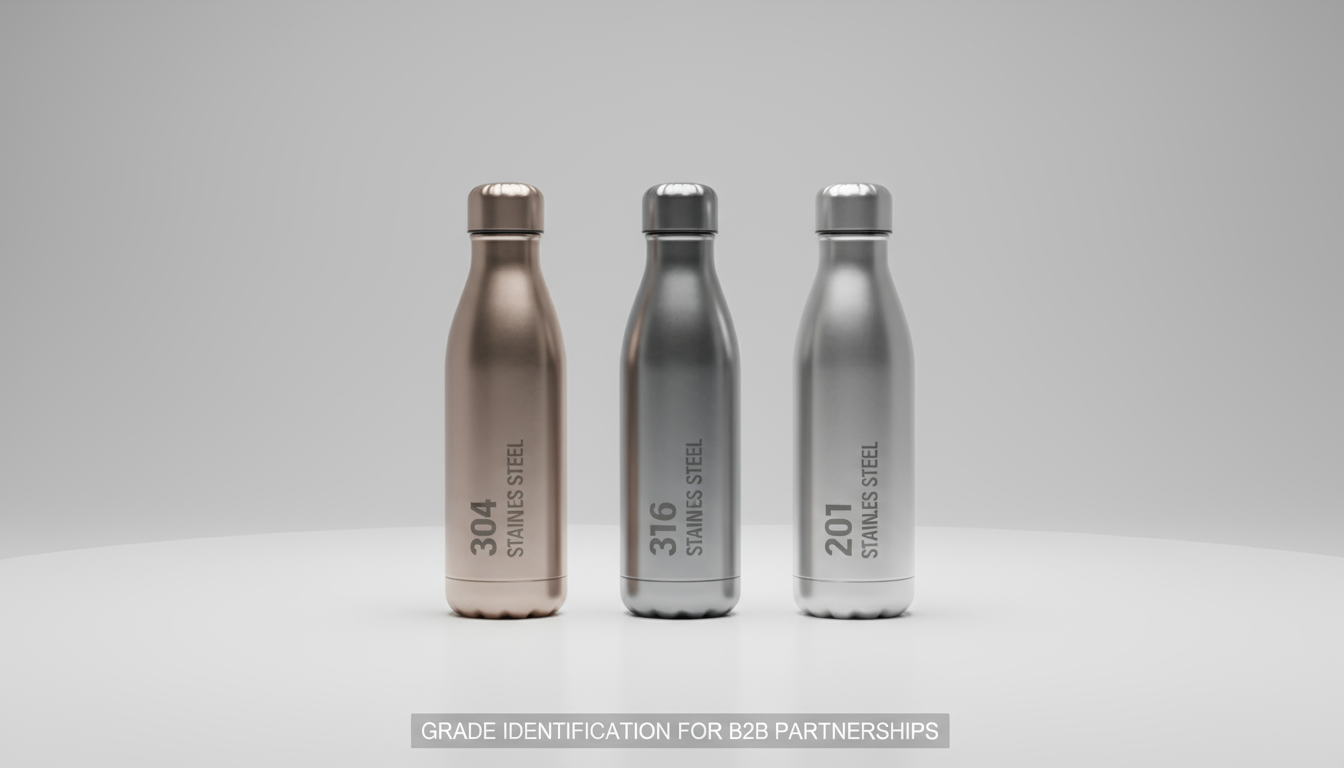
Regulatory Compliance Requirements
Corporate buyers must understand the legal framework around food-contact materials. The FDA requires that any material touching food or beverages must not migrate harmful substances or alter taste1. Both 304 and 316 steel pass these tests consistently.
201 steel fails these standards for several reasons. Its higher manganese content can leach into beverages, especially acidic ones2. The reduced nickel content also makes it more prone to corrosion, which creates additional contamination risks.
| Certification | 304 Steel | 316 Steel | 201 Steel |
|---|---|---|---|
| FDA Approved | ✓ | ✓ | ✗ |
| EU EC 1935/2004 | ✓ | ✓ | ✗ |
| LFGB (Germany) | ✓ | ✓ | ✗ |
| REACH Compliance | ✓ | ✓ | Limited |
Corporate Liability Considerations
Using non-food-grade materials creates liability exposure for companies. If an employee gets sick from contaminated water, or if a promotional bottle causes health issues, your company could face legal action. Insurance may not cover incidents involving non-compliant materials.
I've seen corporate legal departments specifically require food-grade certification for any branded drinkware. They understand that cutting corners on material quality isn't worth the risk. One Fortune 500 client told me their legal team requires documentation proving food-grade compliance for every promotional item they distribute.
Third-Party Testing and Verification
Reputable manufacturers provide test certificates showing compliance with food safety standards. At Cupique, we conduct regular testing with accredited laboratories to verify our 304 and 316 steel meets all requirements. These certificates become crucial documentation for corporate procurement departments.
201 steel cannot pass these same tests reliably. Even if some samples might technically pass on a given day, the material's inherent variability means you can't guarantee consistent safety across an entire production run.
304 and 316 stainless steels are approved food-grade for beverage contact.True
The text explicitly states these grades meet FDA and EU food safety standards.
201 stainless steel is a safe food-grade material for water bottles.False
The text states 201 SS does not qualify as food-grade due to potential harmful substance migration.
How Does Each Steel Grade Perform in Terms of Durability and Rust Resistance
Durability directly impacts the lifespan and perceived value of corporate branded bottles, affecting return on marketing investment.
316 steel offers superior durability and rust resistance, especially in harsh environments. 304 steel provides excellent performance for normal use. 201 steel shows poor rust resistance and shortened lifespan, making it unsuitable for corporate applications.
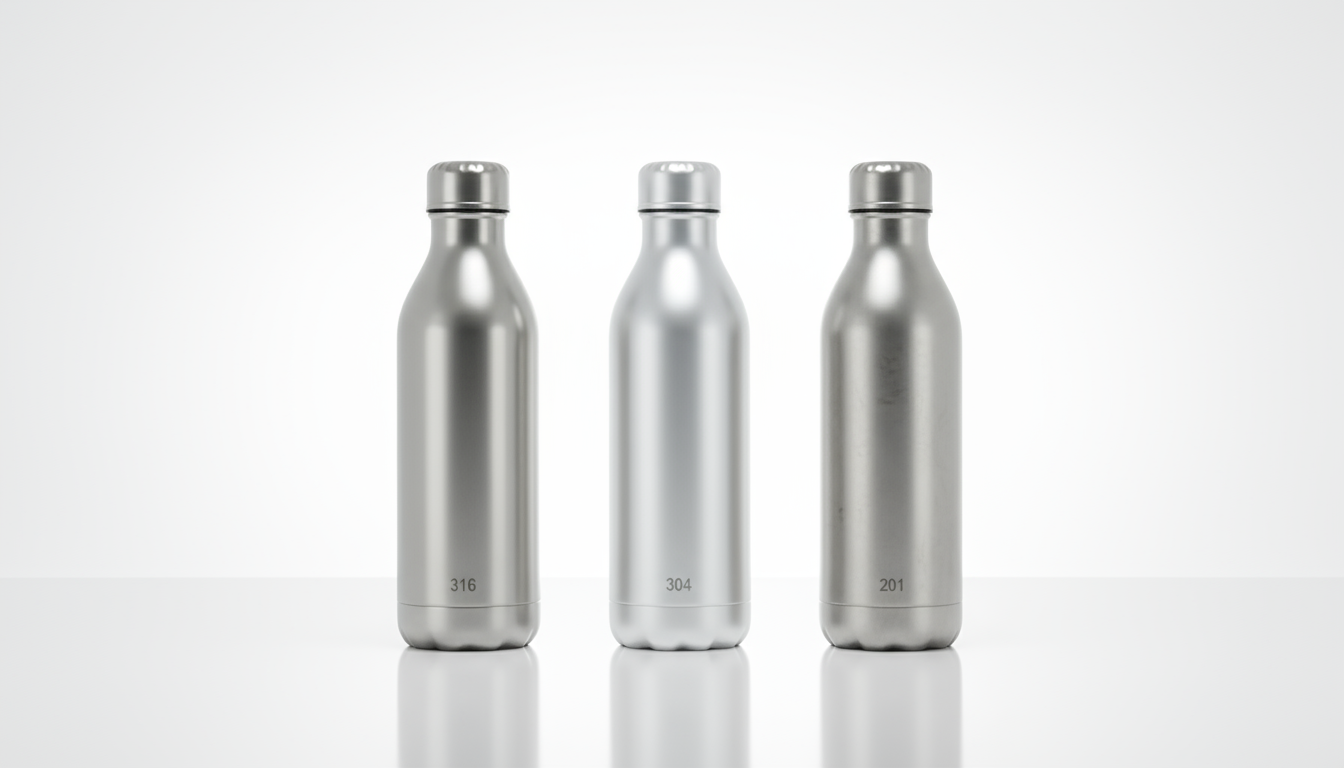
Corrosion Resistance Performance
The molybdenum in 316 steel makes a significant difference in corrosion resistance3. This becomes especially important for companies with employees in coastal areas, where salt air accelerates corrosion. I've tested bottles in our salt spray chamber, which simulates years of coastal exposure.
After 500 hours of salt spray testing, 316 steel bottles showed no visib4le corrosion. 304 steel showed minimal surface changes that didn't affect function. 201 steel developed visible rust spots within 100 hours.
Real-World Durability Testing
We conduct drop tests, thermal cycling, and long-term use studies on all our products. Here's how different grades perform:
| Test Type | 304 Steel Result | 316 Steel Result | 201 Steel Result |
|---|---|---|---|
| Drop Test (6 feet) | Dent resistant | Highly dent resistant | Prone to damage |
| Thermal Cycling | Excellent | Excellent | Seal degradation |
| 1-Year Use Study | 95% like-new | 98% like-new | 60% show wear |
| Salt Exposure | Good resistance | Excellent resistance | Poor resistance |
Impact on Corporate Image
A dented, rusty, or stained water bottle reflects poorly on the company whose logo it bears. Corporate clients understand this connection between product quality and brand perception. When employees use branded bottles daily, durability becomes a constant reminder of company values.
I remember one corporate client who distributed bottles to 500 employees. After six months, they surveyed users about the bottles' condition. Employees with 304 steel bottles reported 90% satisfaction with durability. This positive experience strengthened their connection to the company brand.
The few test bottles we made with 201 steel showed visible wear within three months. Employees began avoiding using them, which defeats the purpose of promotional products entirely.
201 steel is unsuitable for corporate applications due to its poor rust resistance and short lifespan.True
The snippet explicitly states 201 steel's unsuitability due to poor rust resistance.
304 steel is the top choice for all environments, including harsh conditions.False
316 steel is specified as superior for harsh environments, not 304 steel.
What Is the Cost Difference When Manufacturing With 304 vs. 316 vs. 201 Steel
Raw material costs directly impact order budgets, but hidden costs from quality issues can multiply initial savings into losses.
304 steel costs approximately 15-20% more than 201 steel, while 316 steel adds another 20-25% premium over 304. However, 201 steel's hidden costs from returns, liability, and brand damage make it more expensive long-term.
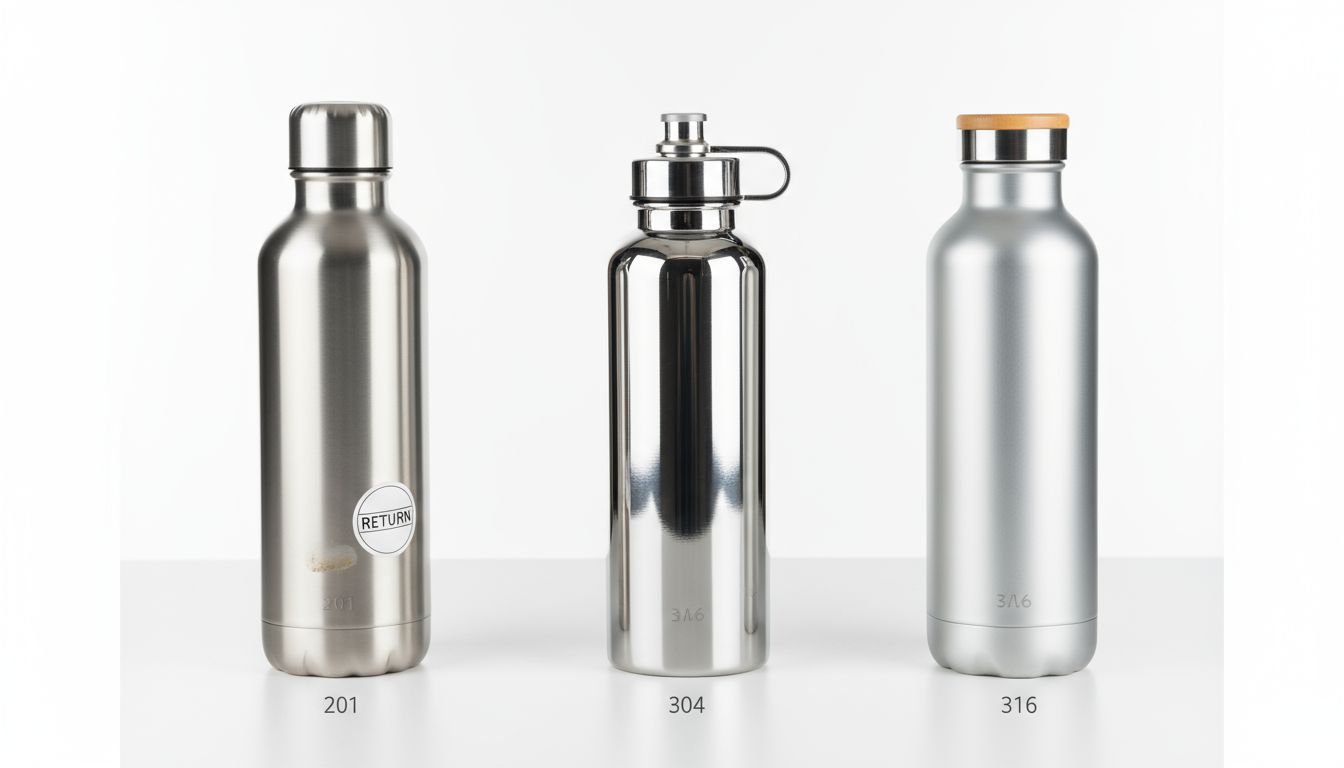
Direct Material Cost Analysis
Raw material represents the most visible cost difference between steel grades. Based on current market prices, here's how they compare per bottle:
| Steel Grade | Material Cost per Bottle | Processing Difficulty | Quality Control Needs |
|---|---|---|---|
| 201 Steel | $2.50 | High | Extensive |
| 304 Steel | $3.00 | Standard | Normal |
| 316 Steel | $3.75 | Standard | Normal |
Hidden Manufacturing Costs
The apparent savings with 201 steel disappear when you factor in manufacturing challenges. 201 steel requires more careful handling during production, increasing labor costs. Quality control must be more stringent, adding inspection time and costs.
Our production data shows that 201 steel bottles have a 15% higher rejection rate during manufacturing5. This means we need to produce more bottles to meet order quantities, erasing much of the material cost savings.
Total Cost of Ownership for Corporate Buyers
Smart corporate buyers look beyond initial purchase price to total cost of ownership. This includes potential recall costs, replacement expenses, and brand damage.
Consider a 10,000 bottle order for employee gifts:
Volume Pricing Considerations
At Cupique, we offer volume discounts that can narrow the gap between steel grades. For orders over 5,000 units, the price difference between 304 and 316 steel often becomes negligible compared to the perceived value difference.
Large corporate clients also benefit from our flexible MOQ policies. Starting with a smaller test order in 304 steel allows companies to evaluate quality before committing to larger quantities or upgrading to 316 steel for premium applications.
201 steel's hidden costs make it more expensive long-term than 304 or 316.True
Despite lower initial cost, 201 steel incurs significant long-term costs from quality issues.
201 steel is always the most cost-effective option for manufacturing due to its low initial cost.False
Hidden costs like returns and liability make 201 steel more expensive long-term.
Which Type of Stainless Steel Should I Choose for My Water Bottle Product Line
Your steel choice should align with your target market, brand positioning, and risk tolerance for corporate applications.
Choose 304 stainless steel as the baseline for most B2B applications - it provides food-grade safety, adequate durability, and cost-effectiveness. Upgrade to 316 steel for premium corporate gifts or harsh-environment applications. Avoid 201 steel entirely for corporate orders.
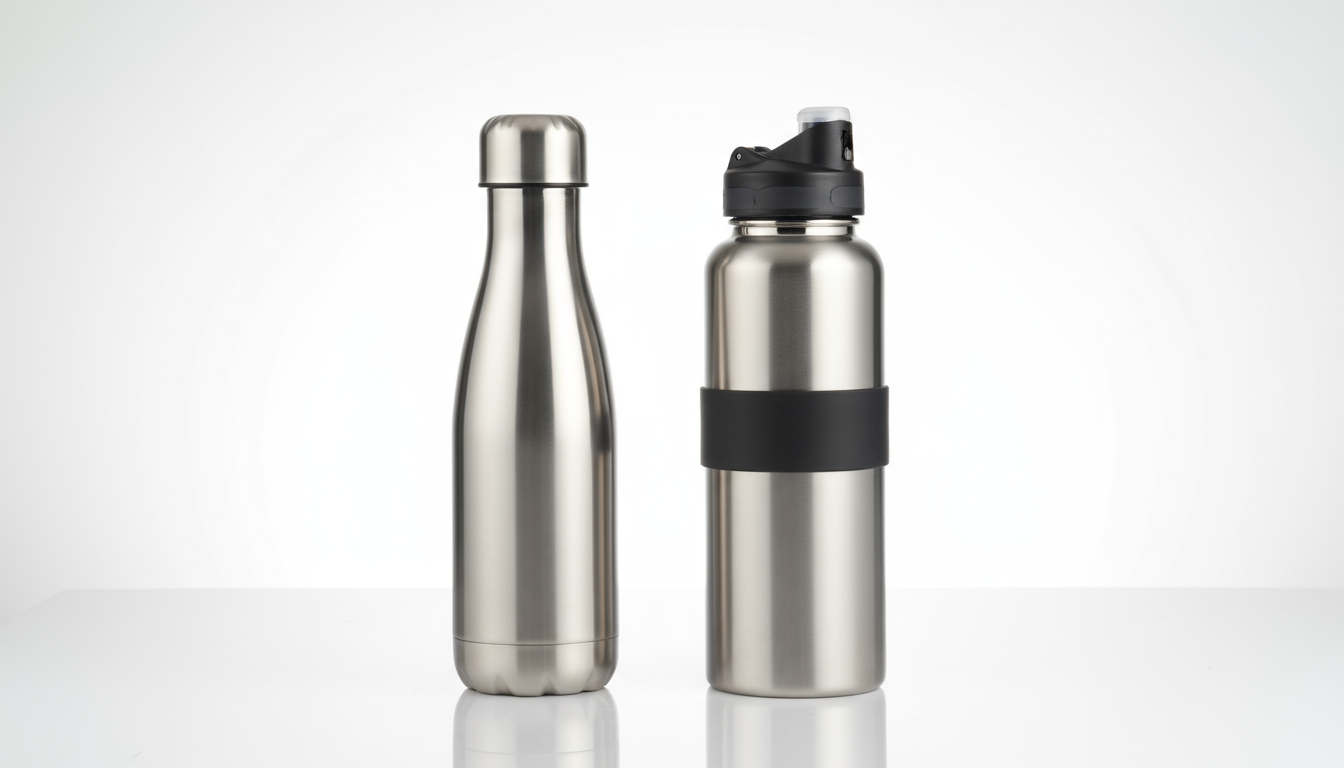
Decision Framework for Corporate Buyers
The right steel choice depends on several factors specific to your corporate application. I work with procurement teams to evaluate these considerations:
Application Environment: Office use requires different specifications than field work or coastal locations. 304 steel handles typical office environments perfectly, while 316 steel suits harsh conditions.
Brand Positioning: Premium brands benefit from 316 steel's superior properties and "medical-grade" perception. Standard corporate gifts work well with quality 304 steel.
Budget Constraints: 304 steel provides the best value proposition for most corporate applications, meeting all safety requirements without premium costs.
Recommended Applications by Steel Grade
| Application Type | Recommended Steel | Reasoning |
|---|---|---|
| Employee Gifts | 304 Steel | Cost-effective, safe, durable for daily use |
| Executive Gifts | 316 Steel | Premium feel, superior performance |
| Outdoor/Field Work | 316 Steel | Enhanced corrosion resistance |
| Promotional Giveaways | 304 Steel | Balanced quality and cost |
| Coastal Locations | 316 Steel | Salt air resistance essential |
Creating Product Line Tiers
Many corporate clients benefit from offering multiple tiers using different steel grades. This strategy allows market segmentation while controlling costs:
Standard Tier (304 Steel): Main volume for general corporate use, employee appreciation, and standard promotional needs.
Premium Tier (316 Steel): Executive gifts, high-value client appreciation, and specialty applications.
This approach lets companies offer choices while maintaining cost control. The perceived value difference between tiers often exceeds the actual cost difference, improving profit margins6.
Long-Term Partnership Considerations
When choosing steel grades, consider your relationship with the manufacturer. At Cupique, we help corporate clients develop comprehensive product strategies that may evolve over time. Starting with 304 steel allows companies to establish quality standards and user feedback before potentially upgrading specific applications to 316 steel.
We've seen successful corporate clients begin with standard 304 steel bottles for general use, then add 316 steel options for specific departments or executive levels. This phased approach manages costs while building comprehensive product lines.
201 stainless steel should be avoided for corporate water bottle orders.True
The text explicitly states to 'Avoid 201 steel entirely for corporate orders'.
316 stainless steel is the baseline choice for most B2B water bottles.False
The text identifies 304 stainless steel as the baseline for most B2B applications.
Conclusion
304 stainless steel represents the smart choice for most corporate water bottle orders, providing food-grade safety and durability while avoiding the risks and hidden costs of inferior 201 steel.
-
Confirms FDA regulations for food contact materials, preventing harmful migration or taste alteration. ↩
-
Explains how metals in food contact materials can leach manganese. ↩
-
Explains how molybdenum improves steel's corrosion resistance. ↩
-
Compares 316, 304, and 201 steels, supporting corrosion resistance claims. ↩
-
Details stainless steel bottle manufacturing, informing why rejection rates occur. ↩
-
Illustrates perceived value and profit margins in the Amazon water bottle market. ↩
